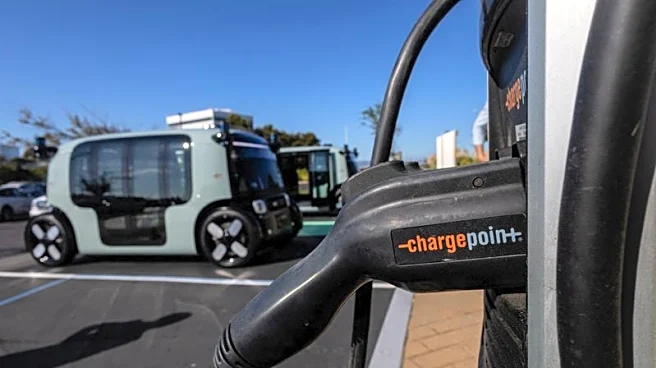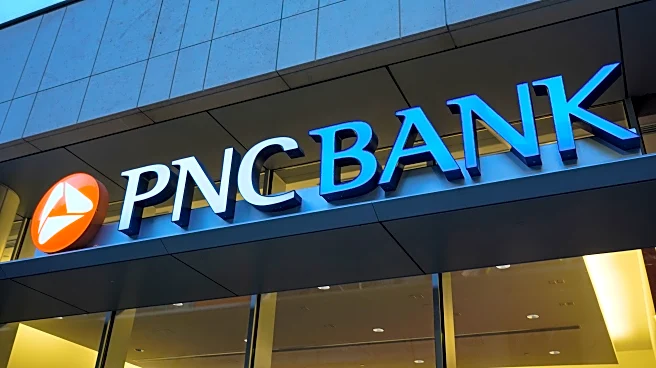What's Happening?
Fry's Electronics, a once-popular retail chain known for its themed stores, is facing demolition of its Phoenix, Arizona location. The closure of Fry's Electronics stores began on February 24, 2021, as the company succumbed to the growing trend of online shopping and the impacts of the COVID-19 pandemic. The Phoenix store, with its Aztec-themed design, is now abandoned, symbolizing the broader decline of brick-and-mortar electronics retailers. This shift is part of a larger trend where physical media and traditional retail experiences are being replaced by digital distribution and online shopping platforms.
Why It's Important?
The closure of Fry's Electronics highlights significant changes in consumer behavior and retail strategies in the U.S. The move towards online shopping has accelerated, especially during the pandemic, affecting traditional retail businesses. This transition impacts local economies, employment, and the commercial real estate market, as large retail spaces become vacant. The decline of physical stores also reflects changes in how consumers access technology and entertainment products, favoring convenience and digital access over in-person shopping experiences.
What's Next?
As Fry's Electronics locations are demolished, the future of these spaces remains uncertain. Potential redevelopment could include new commercial ventures or residential projects, depending on local market demands. Retailers may continue to adapt by enhancing their online presence and exploring innovative ways to engage consumers digitally. The shift may also prompt discussions on preserving retail history and the cultural significance of themed stores like Fry's.
Beyond the Headlines
The closure of Fry's Electronics stores raises questions about the cultural impact of losing themed retail environments that offered unique shopping experiences. These stores were not just places to purchase electronics but also destinations with distinct themes that attracted visitors. The loss of such spaces may affect community identity and nostalgia for past shopping experiences, prompting reflections on the evolution of consumer culture.













